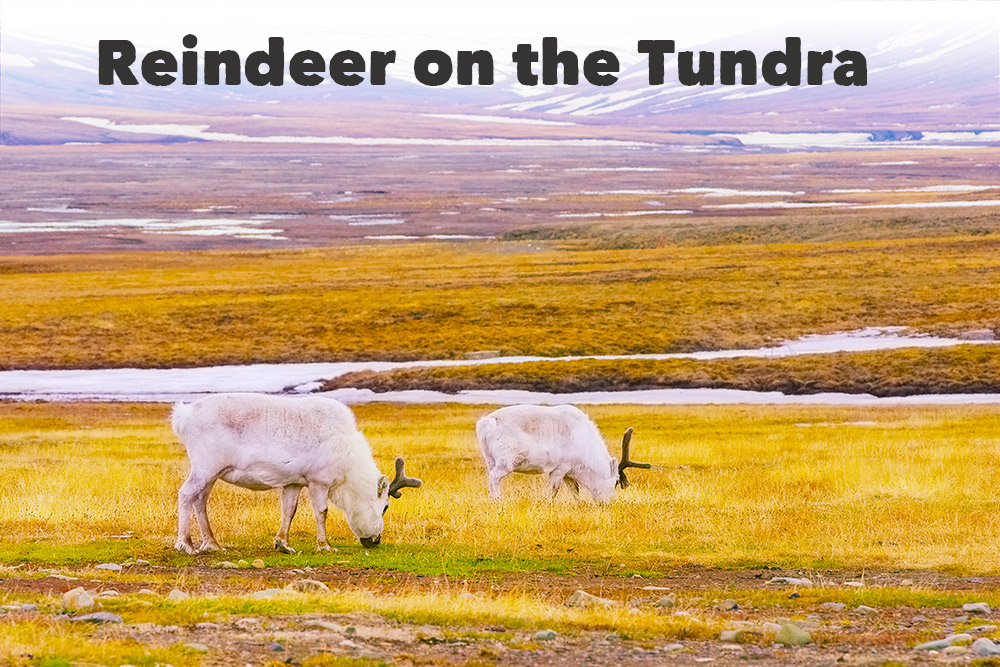Tundra Biome Animals Adaptations. About 48 different species live in tundra biome. Migration and hibernation are examples of behavioral adaptations used by animals in the arctic tundra.

Many of the birds of the tundra have two coats of feathers to help keep them warm. A large majority of life found here is that of migrants, the animals that only live here in summer, but there is an impressive group of resident animals as well. There are three regions and associated types of tundra:
Animal Adaptations In The Tundra Biome The Animals Here Tend To Have Thicker And Warmer Feathers And Fur.
Many of them have larger bodies and shorter arms, legs and tails which helps them retain their heat better and prevent heat loss. A few other animals are, reindeer which is. Tundra wildlife includes small mammals—such as norway lemmings ( lemmus lemmus ), arctic hares ( lepis arcticus ), and arctic ground squirrels ( spermophilus parryii )—and large mammals,.
Explore The Unique Landscape Of The Tundra And Meet The Plants And Animals That Have Adapted To Live In These Locations.
About 48 different species live in tundra biome. This provides traction on the ice so they can walk on it and also protect its feet from the cold. Arctic tundra is in the northern hemisphere, around the north pole, stretching south to the taiga.
For Example, The Arctic Fox Has.
Animal adaptations in the tundra biome animals have many adaptations to survive in this harsh environment. Many of them have larger bodies and shorter arms, legs and tails which helps them retain their heat better and prevent heat loss. Animals need shelter and insulation in the tundra.
The Arctic Fox Has Small Ears And A Small Body With A Thick Coat Of Fur To Minimize The Amount Of Wind Touching Their Skin.
Animals in the tundra are also adapted to extreme conditions, and they take advantage of the temporary explosion of plant and insect life in the short growing season. Some of the most prominent animal adaptations that tundra animals sport include the presence of thick fur and rich deposits of fat to help them survive the freezing cold, small ears to minimize heat loss, small bodies to ensure minimal exposure to frigid air, and broad feet to make it easier for them to walk on snow. Physical adaptations are special body parts, such as shapes, skin, and color, that help the organisms to survive in their natural habitat.
Animals Need Shelter And Insulation In The Tundra.
Plants in the tundra stay low to the ground so they don't get hurt by the harsh. An example of an animal adaptation is thick coats to keep them shielded from the cold and wind. Extreme temperatures and conditions that are present in a tundra.